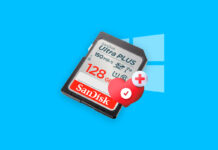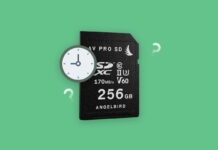 After connecting your 64 GB SD card to your computer, you’re surprised to find that the majority of the available space you previously had is now gone. After investigating, you find that your SD card has almost reached full capacity, even though you haven’t written anything to it recently. What gives?
After connecting your 64 GB SD card to your computer, you’re surprised to find that the majority of the available space you previously had is now gone. After investigating, you find that your SD card has almost reached full capacity, even though you haven’t written anything to it recently. What gives?
Well, there are a few reasons why this is happening. Worry not, as you can often resolve this fairly quickly and easily. Read on to find out how you can restore your SD card size to fully use it.
Table of Contents
Why Does SD Card Not Show Full Capacity
SD card not showing full capacity? Well first, look at how the storage number is measured by the manufacturer. It’s common for manufacturers to measure 1 GB as having 1000 MB when in reality each GB contains 1024 MB. Therefore, the total capacity will be lower than exactly specified.
In addition to that, there are a few common reasons why an SD card won’t show full capacity:
| Reason | Description |
| 🤖 Viruses | Viruses can infect your SD card and do a number of malicious things, including damaging your file system so storage sizes don’t display correctly. |
| ❌ SD card reader incompatibility | Some older card readers don’t support SDHC and SDXC cards. When you format a card above 32 GB using an incompatible reader, it will only format up to 32GB, leaving the remaining space unallocated. |
| 📁 File system corruption | When the file system on the SD card becomes damaged or corrupted, one or more of your partitions will not display correctly and you may seemingly lose a chunk of storage from the SD card. |
| 🔍 Unallocated space | SD card lost space may in fact be unallocated space that hasn’t been formatted. This space can be used, but only once it is formatted with a file system (or used to extend an existing partition). |
| ⚡ NAND memory corruption | SD cards use NAND memory chips to store data. These chips have a limited number of possible write cycles before they fail, but they can also fail due to physical damage. |
| 😈 Fake SD card | Scammers can modify the card controller to make the SD card read like it has more storage than it actually does. You can test your SD card to see if it’s fake using FakeFlashTest. |
Many of the solutions we’ll look at are blanket fixes that fix other generally related problems, such as if your SD card is full or not accessible. The fixes will also apply to other SD card variations, including micro SD cards not showing full capacity.
How to Restore SD Card to Full Capacity
Tired of knowing there is extra space on your SD card that you could be using? The below methods will guide you through restoring your SD card to full capacity. Bear in mind that most methods will require you to format your SD card, so be sure to back up what data you can before doing so.
Method 1:Format Using File Explorer
Once your SD card is connected, you can easily format it within Windows File Explorer. This will delete the data on it and provide you with a clean slate to start from, with the intention of restoring the original capacity amount.
This is how to restore SD card size using File Explorer:
- Open File Explorer.
- Right-click the SD card and click Format.

- Ensure Quick Format is selected, then click Start.
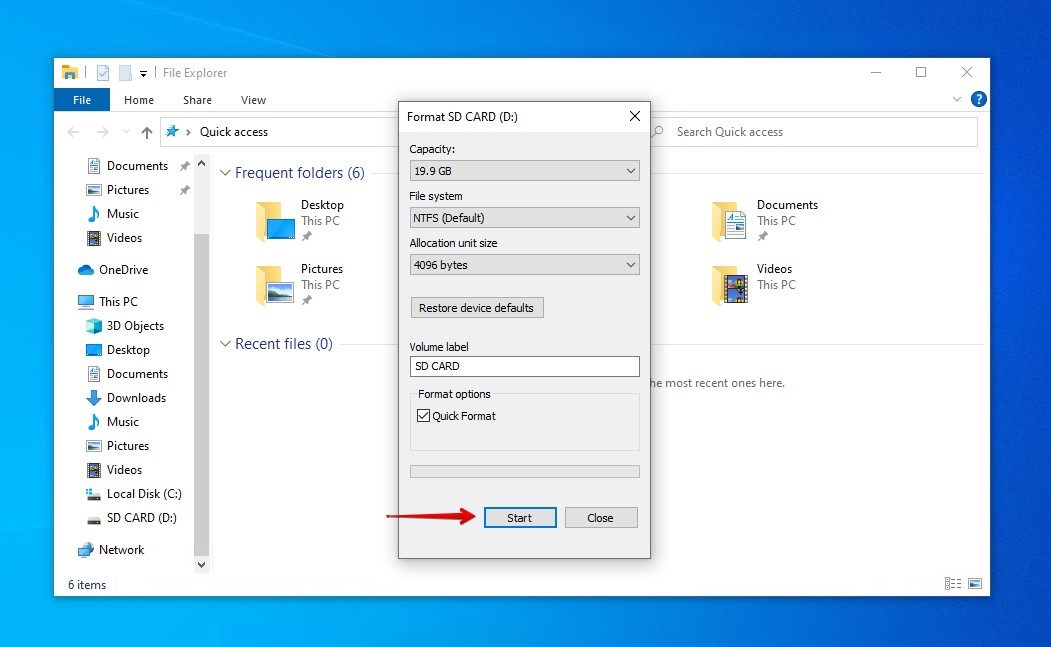
- When asked to confirm, click OK.
Method 2:Format Using Disk Management
Disk Management allows you to modify your storage disks and any attached storage devices. With it, you can restore micro SD cards to full capacity by formatting them, as well as other SD card variations.
Formatting with Disk Management will restore SD card size, like so:
- Right-click Start and select Disk Management.
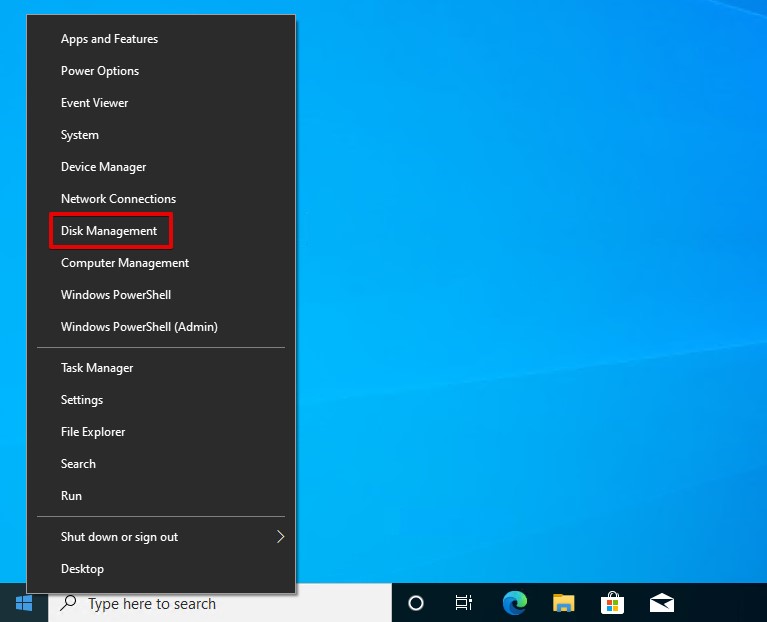
- Right-click the SD card volume and select Format.
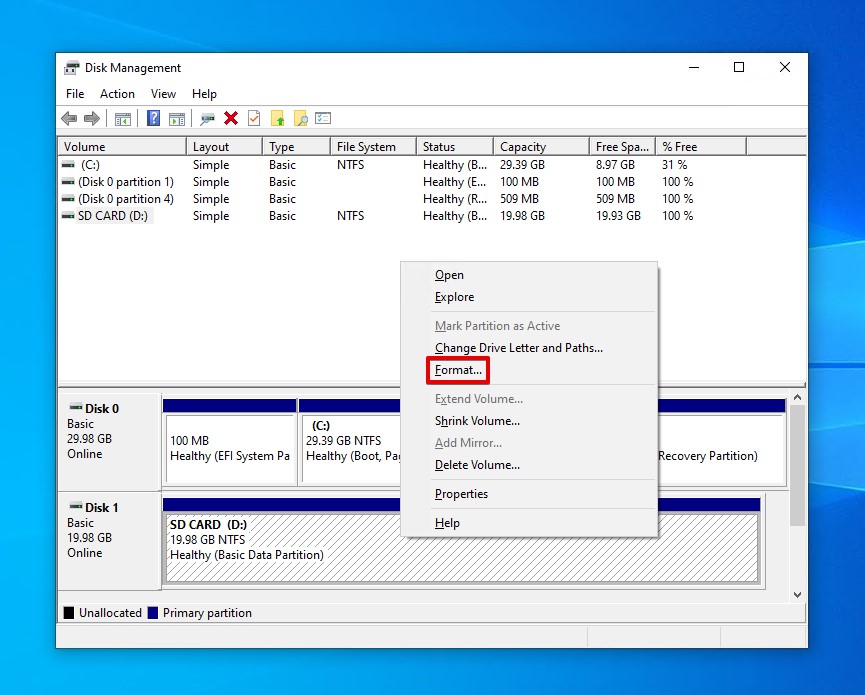
- Ensure Perform a quick format is selected, then click OK.
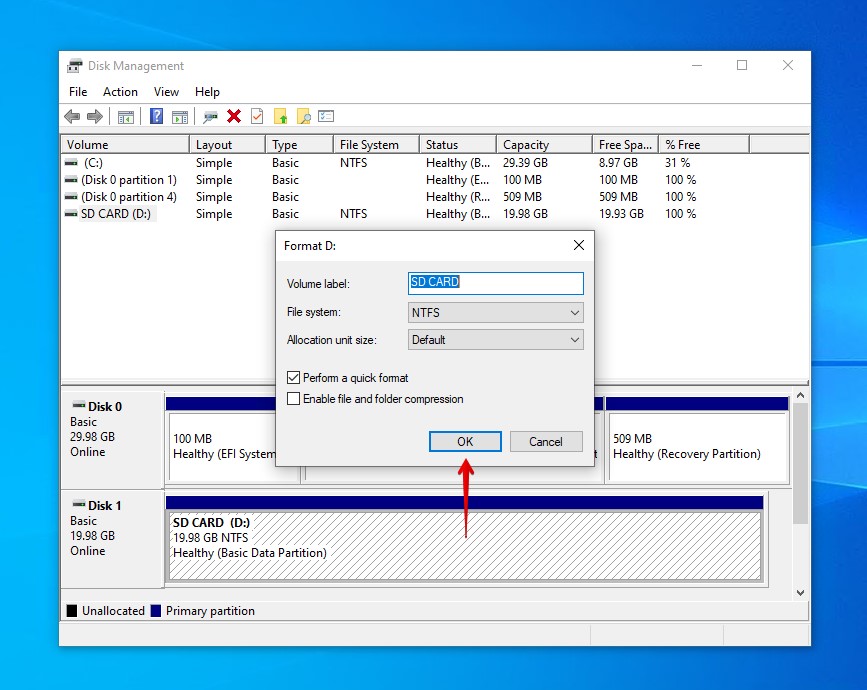
- Click OK to confirm.
Method 3:Format Using DiskPart
DiskPart is a command-line tool that allows you to manage your computer’s storage disks and attached storage devices, much like Disk Management.
Follow these steps to restore the SD card to full capacity using DiskPart:
- Right-click Start and select Windows PowerShell (Admin).

- Type
diskpart. Press Enter.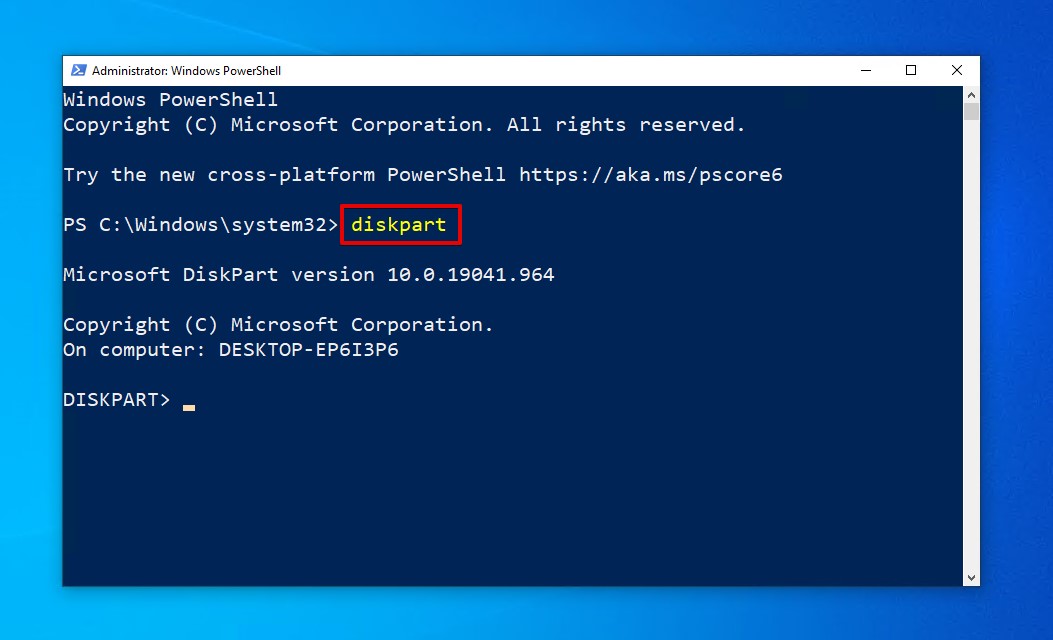
- Type
list diskand press Enter. Make note of the disk number associated with your SD card.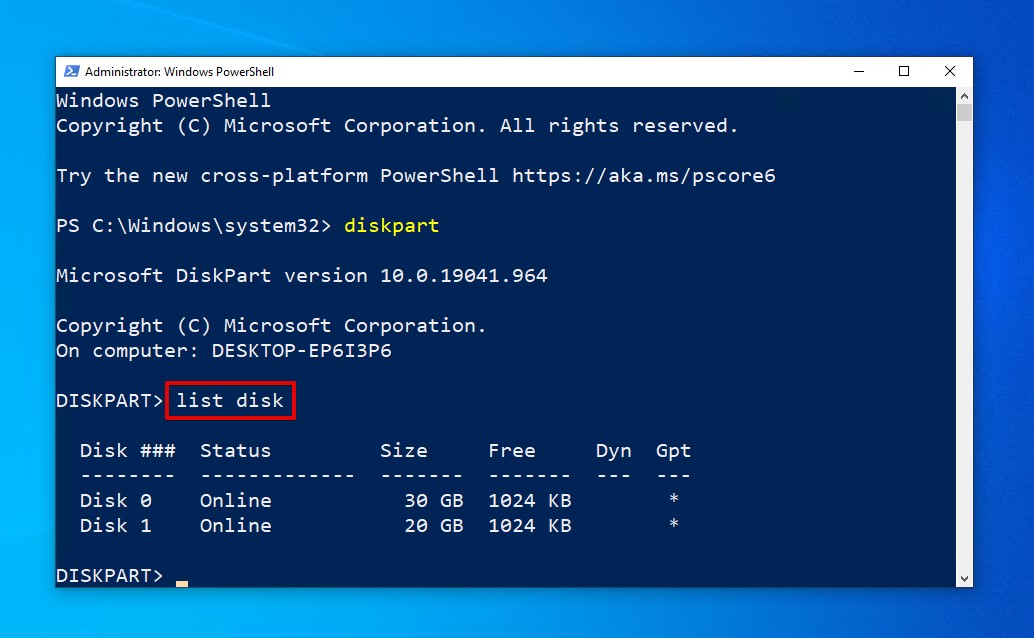
- Type
select disk 1. Replace 1 with your disk number.
- Type
list volumeand press Enter. Make note of the SD card volume number.
- Type
select volume 3(replacing 3 with your volume number) and press Enter.
- Type
cleanand press Enter.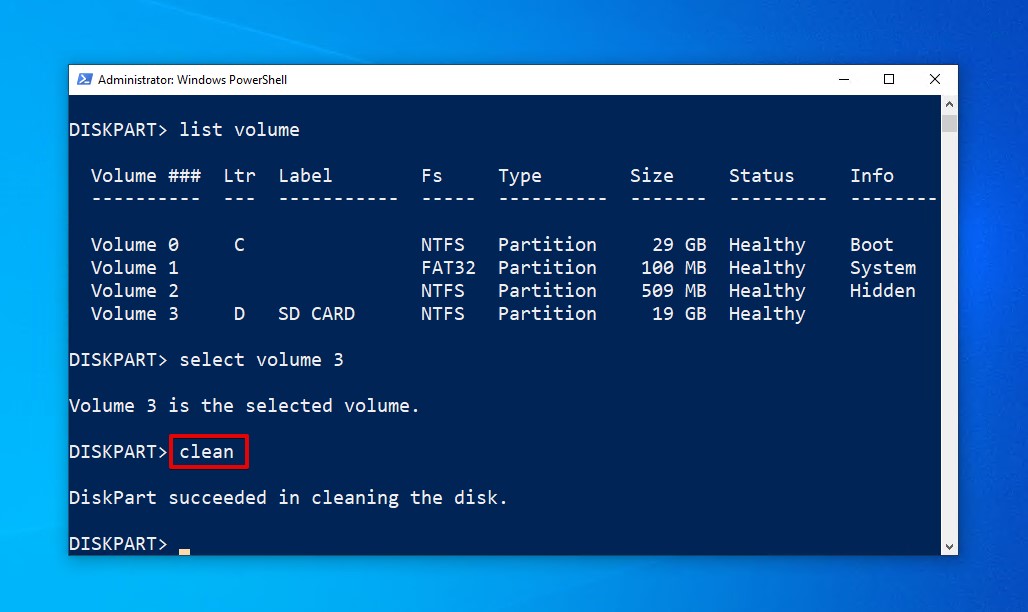
- Type
create partition primaryand press Enter. This creates a new blank primary partition.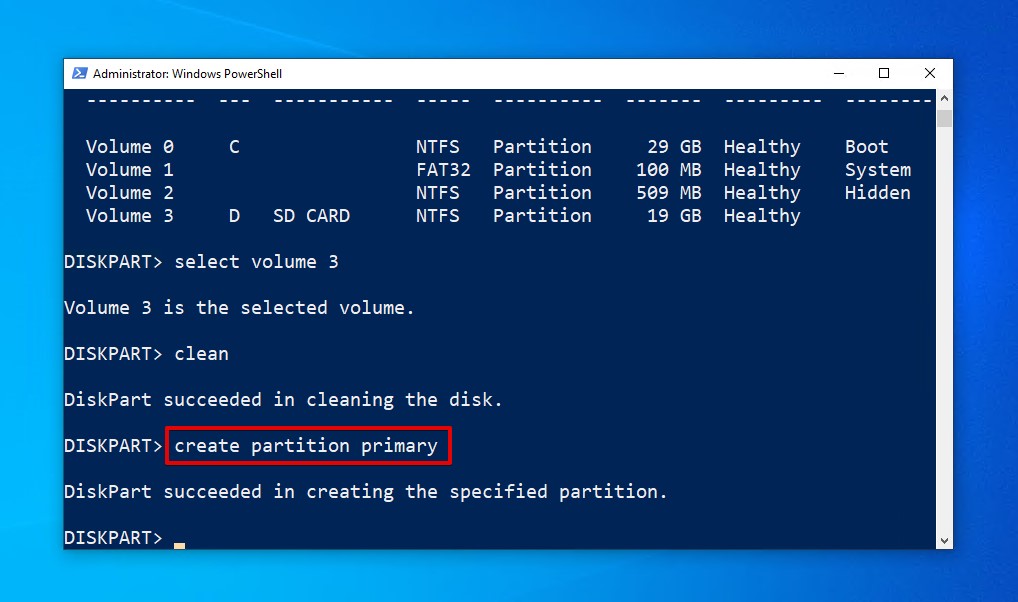
- Type
format fs=ntfs. You may need to replace ntfs with a different file system based on the SD card you’re formatting, such as fat32. Press Enter.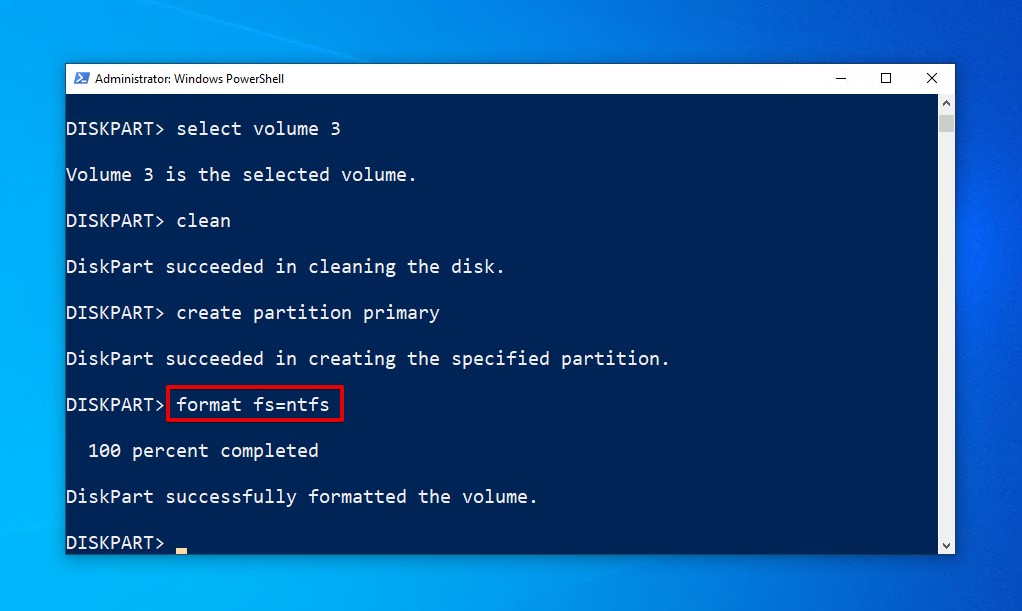
- Type
assignand press Enter. This assigns a drive letter and completes the process.
Method 4: Expand Size Using Unallocated Space
Unallocated space refers to usable space on the SD card that hasn’t been assigned to a volume. You can use this space to create a new volume or extend an existing one to increase its capacity.
Here’s how you can extend your volume if the SD card shows the wrong size:
- Right-click Start and select Disk Management.

- Right-click the working volume on your SD card and select Extend Volume.

- Click Next.
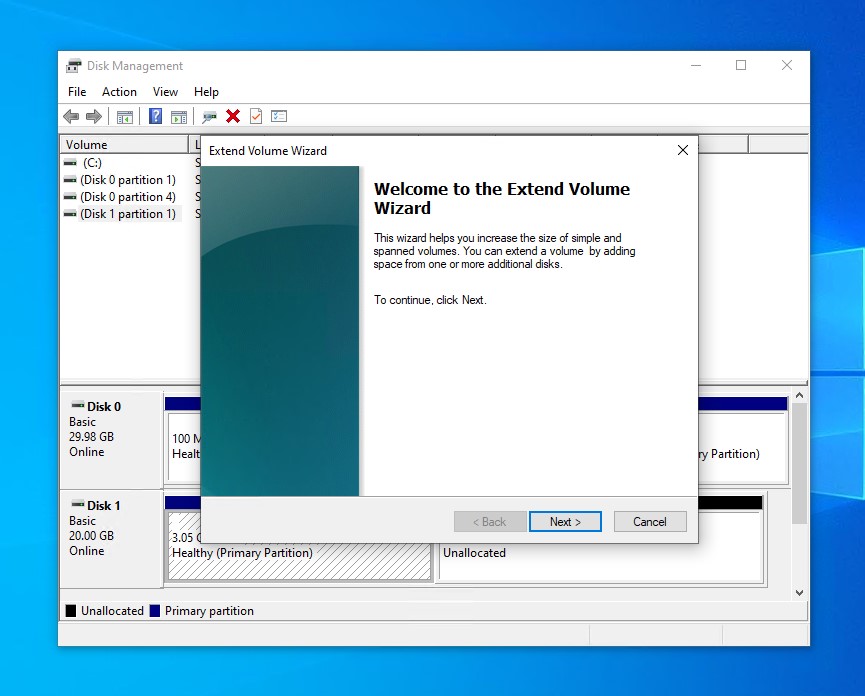
- Select how much you want to extend the volume by in MB. By default, it selects all available space. Click Next.
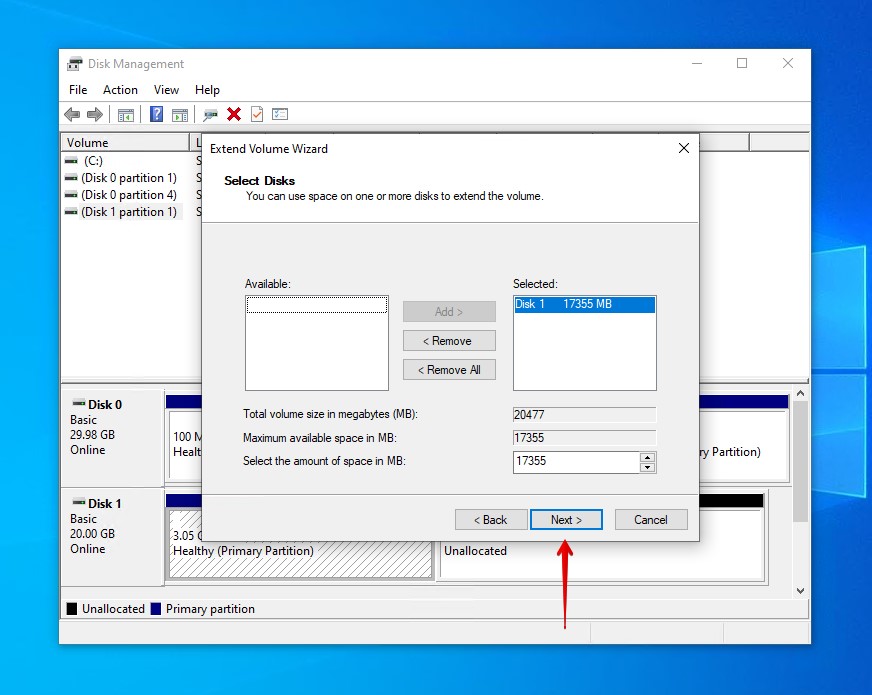
- Click Finish.
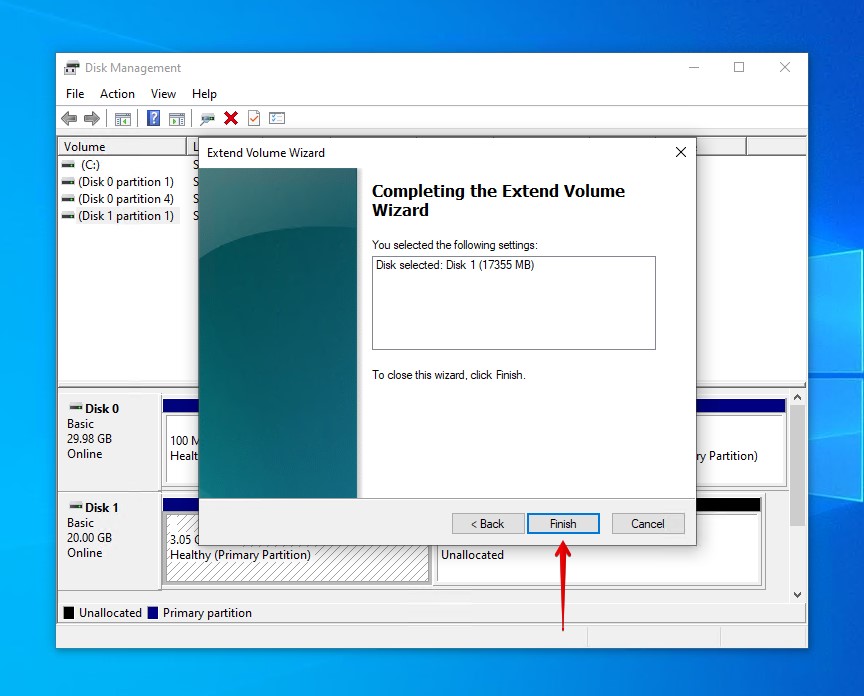
How to Recover Data From SD Card After Fixing Capacity
If you had data on the SD card that you didn’t get to back up before formatting, now is the time to focus on data recovery to get it back. Disk Drill is a data recovery tool that can scan SD cards, even after a format, to recover lost documents, pictures, videos, and other file types.
Follow these steps to perform data recovery using Disk Drill:
- Download and install Disk Drill.
- Select your SD or micro SD card and click Search for lost data.
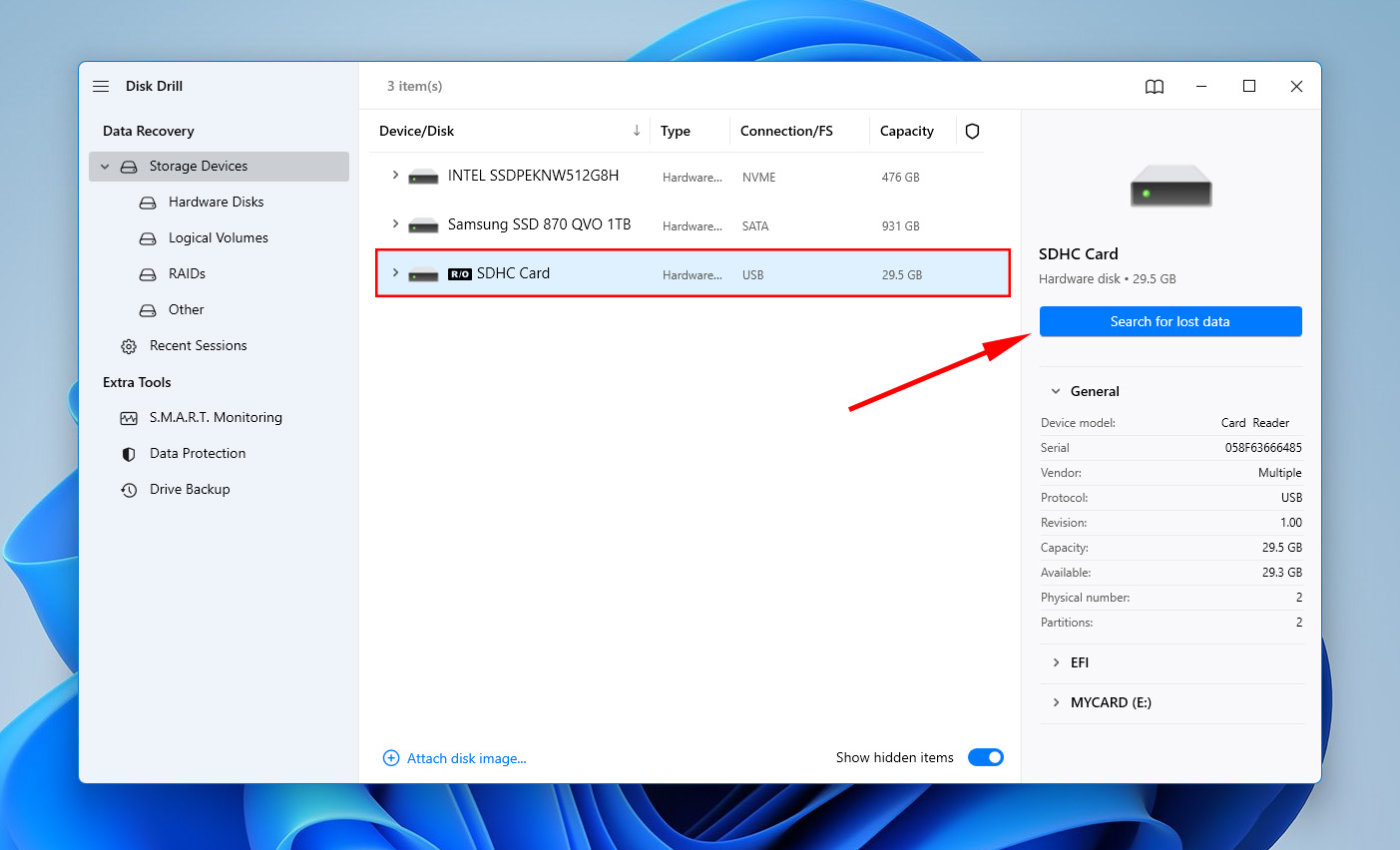
- When the scan is complete, click Review found items.
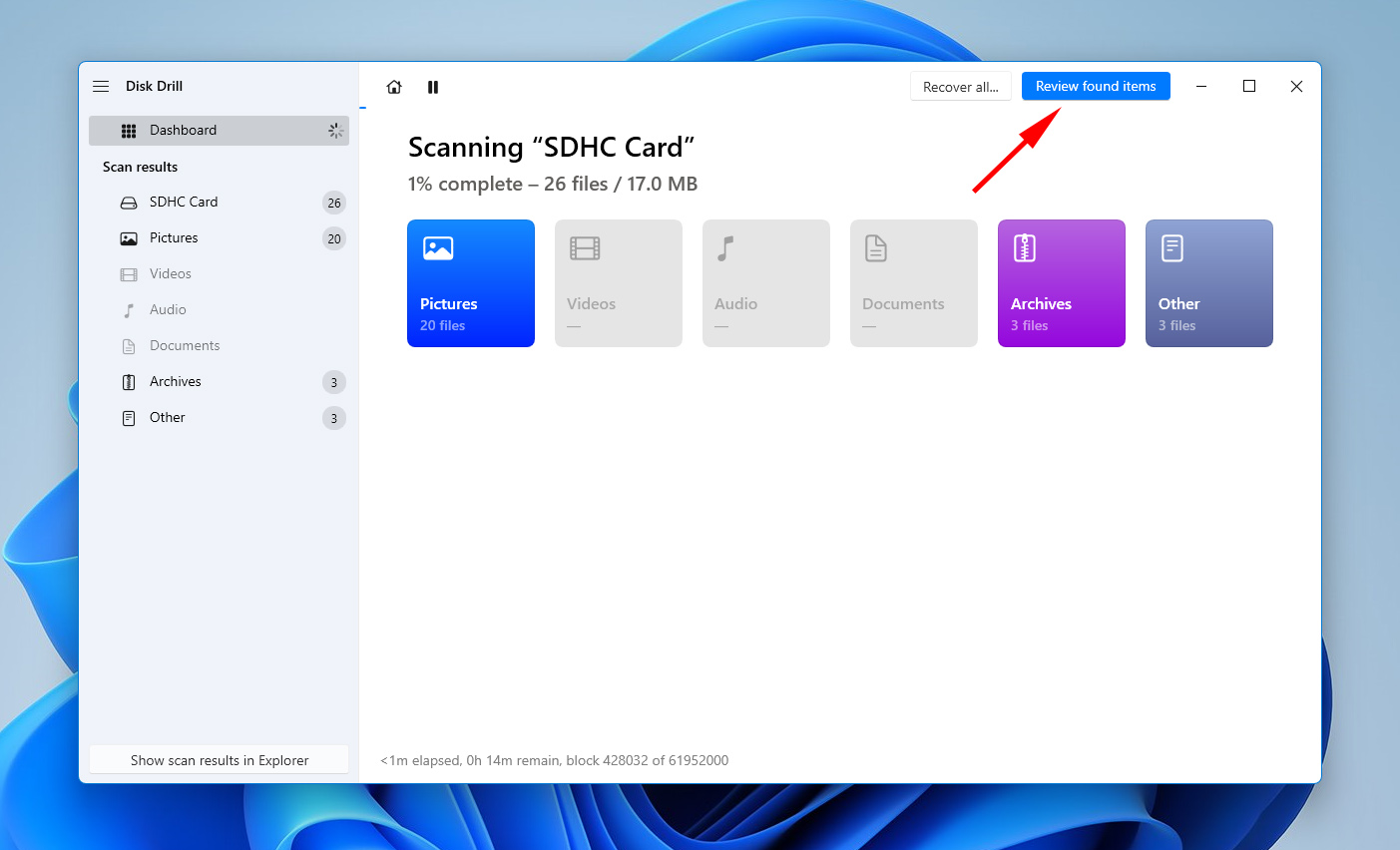
- Select the files you want to recover from the list. Use the Recovery chances column to get a hint at which data has the best chances of recovery. When you’re ready, click Recover.
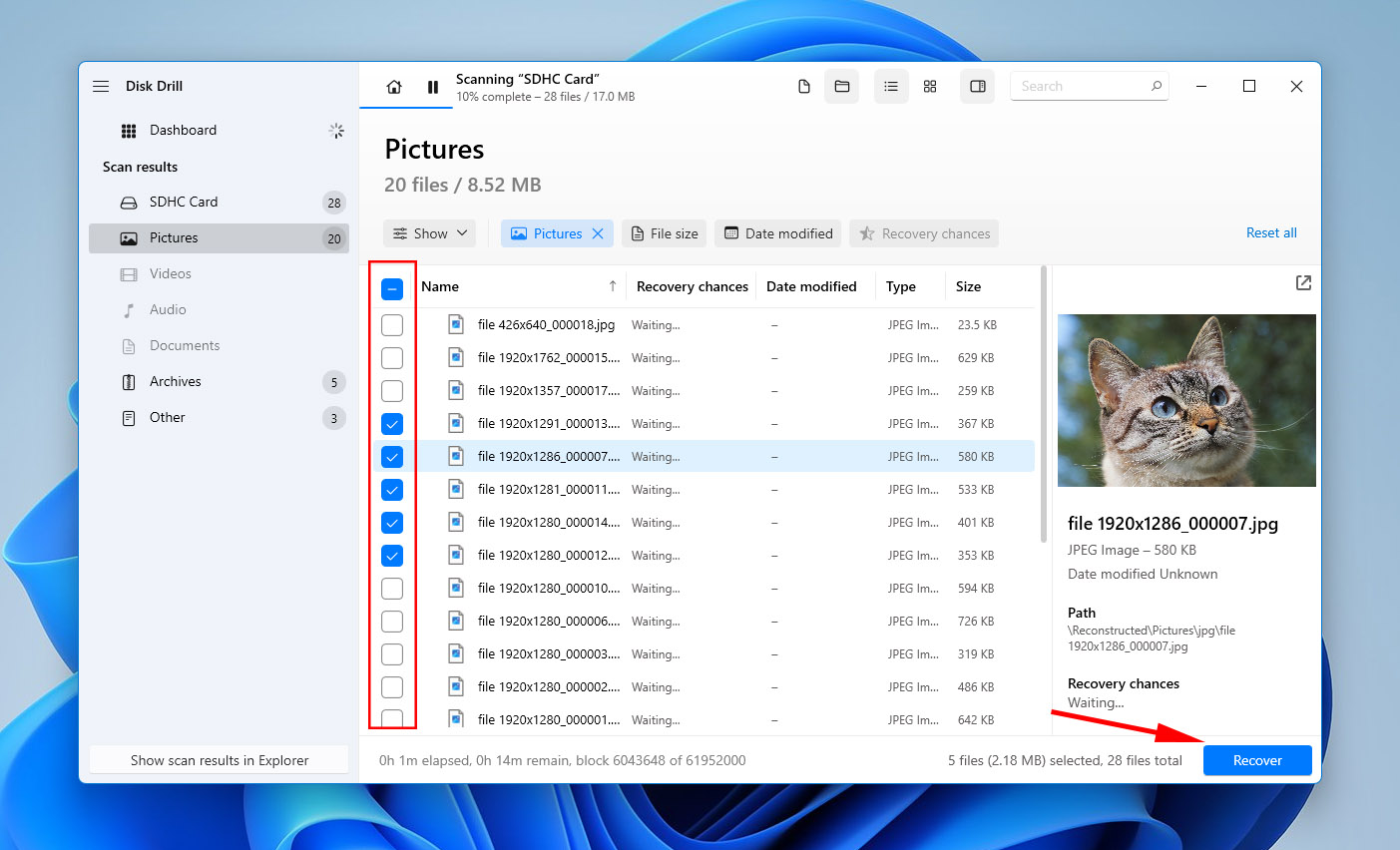
- Choose a recovery location that isn’t on the SD card you’re recovering from. To finish recovery, click Next.

Conclusion
SD (including SDHC and SDIO), mini SD, and micro SD cards can sometimes not show their true capacity. For example, an SD card only showing 56 MB when it’s supposed to be 32 GB. This can be caused by malware, SD card reader incompatibility, file system corruption, and NAND memory corruption, to name a few.
The best way to fix this is by formatting the card to restore functionality. Bear in mind that doing so will delete any data on it, so ensure you recover what data you can before you implement a fix.
